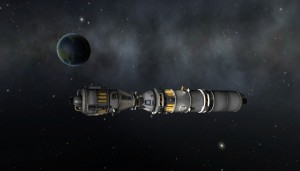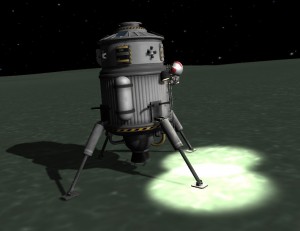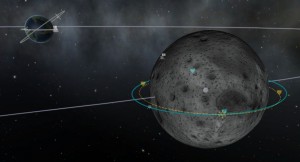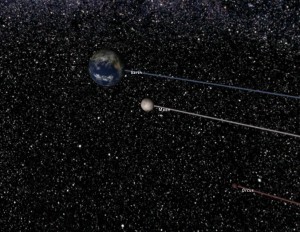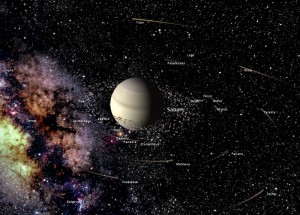Does the playstyle influence the personality?
During my ongoing literature review I often discover interesting facts about things I’ve never thought about. Sometimes I can connect these facts with my own observations: The result is mostly a completely new idea why things are as they are. Maybe these ideas are new to you, too. Therefore I’ll share my new science based knowledge with you!
This week: This time, I’ll discuss a potential connection between the personality of the player and his playstyle. Additionally, I think about how the playstyle might influence the personality of the player.
On the one hand, computer game players can choose their fate: they can use the difficulty level that suits them best. Additionally, they can try to succeed in special challenges that are requiring even more precise gameplay. Sometimes these challenges are even separated into easymodes and hardmodes.
Players who are going for the highest challenges are constantly training their endurance in hard work and resistance against failures. After finally reaching their goals, they feel more rewarded because they’re aware of the hard work behind their achievement. Over time they can start having the same engagement in the real world. They’re conditioned to work hard and are aware of the intrinsic reward when they finally reach their goals. They will continue their work until they’ve exhausted the challenge.
However, the difficulty of the game content can’t be a measure of hard work. Difficulty levels do also help lesser skilled players to successfully play the game. In this case, an easymode might be still a great achievement for a computer game player who isn’t as skilled as other players. This lesser skilled player still can put a lot of effort into the game to finally reach the own goals. Considering this, it’s more important how much effort does a player put into his goals to finally achieve them.
On the other hand, the connection between playstyle and personality can also be seen from an opposite direction. Players who are ambitious in the real world will also be ambitious in a game world. Their personality drives them to successfully complete the highest challenges and to complete most of the game under the hardest circumstances.
In contrast to these ambitious players, players with a „normal“ personality might not be as interested in achieving the highest goals and thus they aren’t putting as much effort into their goals. They might be satisfied if they reach a certain level without putting too much effort into it. They won’t try over and over again to succeed at a special challenge. Instead they choose a lower difficulty level and continue the game.
Some „normal“ players however might get interested in trying something new after their first playthrough. They start a new game on the next difficulty level. At first, they might be frustrated but shortly after they’ve a first success, they’ll start to gain more confidence. They realize that putting some effort into their goals will pay off. Finally the playstyle starts to influence the personality of the player…
In conclusion both approaches might be correct. The personality mostly gives a general direction how game players will approach their game. However, computer games do have good mechanics to reward their players. If they try hard enough, they will be rewarded. This environment is a good training area to gain more confidence that the own hard work will pay off.
